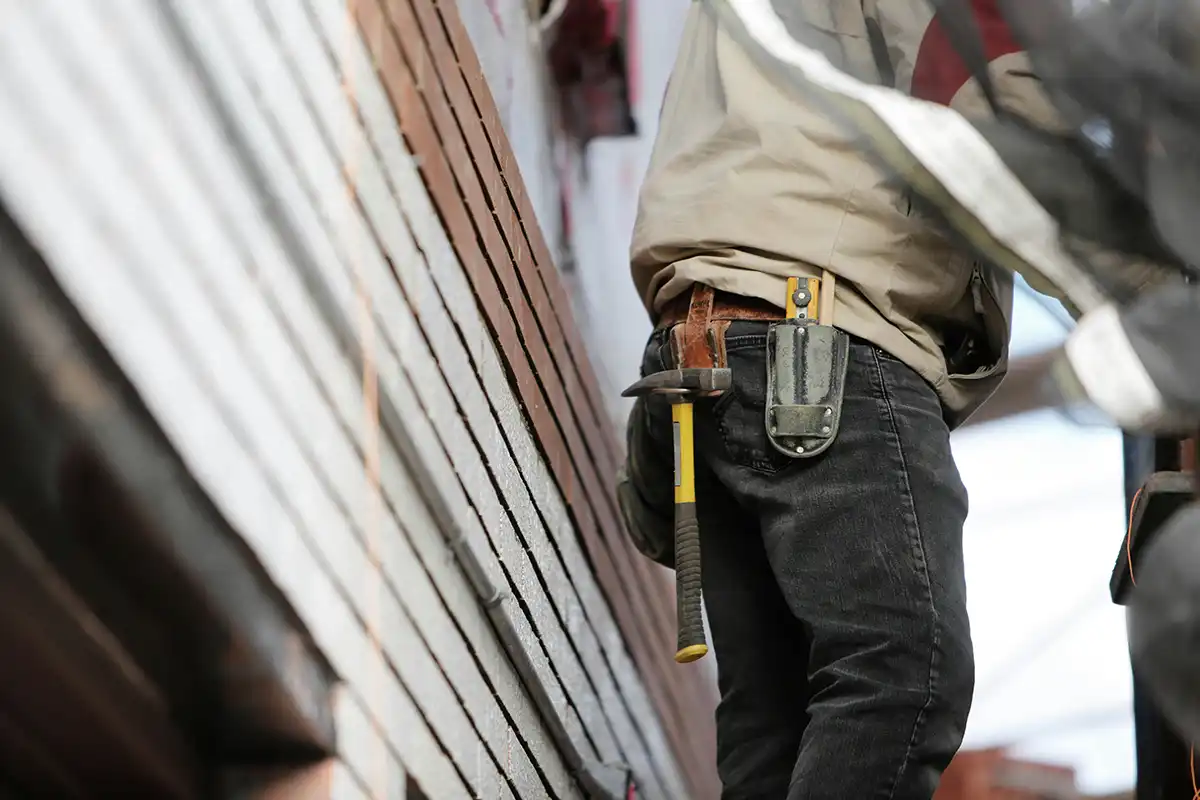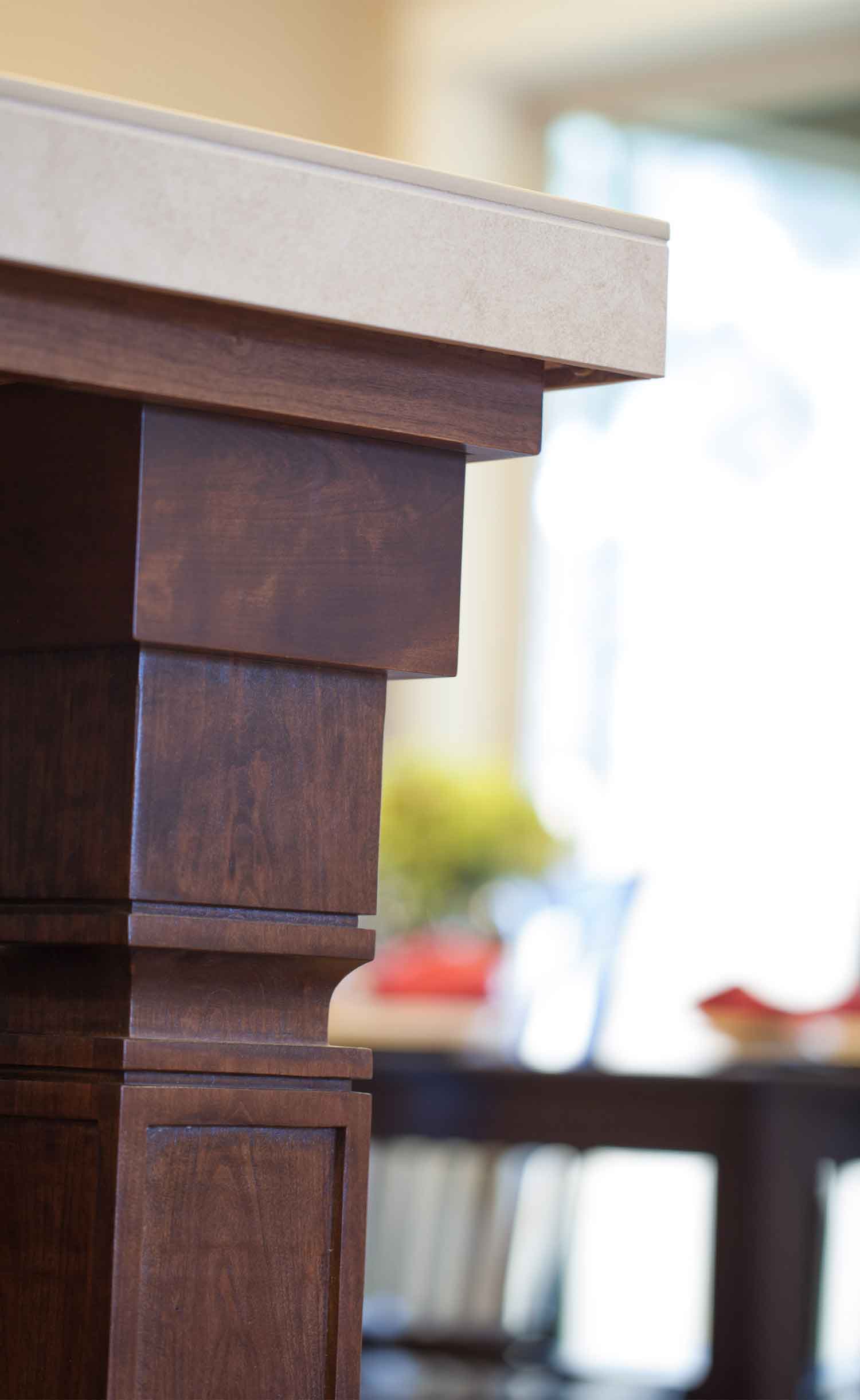
If you’re retiring in Bend and building a custom home, here’s how to make sure your investment stays well-maintained as you age in place.
How Home Maintenance Changes in Retirement
You’ve worked hard to build the life and the home you want. Retirement should be about enjoying the fruits of your labor, not managing a growing to-do list. Even the best-built custom home will need attention over time, so the key to stress-free homeownership in retirement is knowing what to expect and planning accordingly.
Here’s why retirees often approach home maintenance differently:
- You might have more time but less interest in spending it on chores.
- Energy and mobility can change, so accessibility and ease of upkeep matter more.
- Being on a fixed income makes predictability and planning a priority.
Good design and smart materials go a long way, but knowing what to monitor gives you peace of mind now and fewer headaches later.
What Makes Home Maintenance in Oregon Unique
Living in Central Oregon means your home faces a very specific set of environmental challenges. Maintenance in this region is just as much about what’s inside the house as it is about how the local climate and terrain affect your home over time.
Snow and Ice
Bend’s winters bring snow, freezing temperatures, and thaw cycles. These conditions can create ice dams, strain roofing materials, and cause foundation shifts if water isn’t drained away properly.
Gutter cleaning in the fall, checking roof flashing, and ensuring proper attic insulation are small actions that prevent big problems.
Summer Sun
Intense UV exposure can break down exterior finishes, cause paint to peel, and dry out decking faster than you might expect. Using UV-resistant paint and durable materials like composite decking helps, but regular checks and touch-ups will do a lot to keep your home exterior looking sharp.
Wildfire Risk
Dry summers and high winds make wildfire preparation essential. Maintaining defensible space—such as clearing brush within 30 feet of the home—and keeping gutters clean can make a measurable difference in fire resistance.
Unique Soil and Drainage Conditions
Central Oregon’s volcanic soil doesn’t always drain the way you’d expect. Improper grading or poor drainage can create pooling water near the foundation or moisture buildup in the crawlspace. Seasonal checks during heavy rain are essential.
A 4-Part Framework for Low-Stress Home Upkeep
Rather than seeing home maintenance as one long list of chores, this framework breaks it into manageable intervals.
1. Preventive Tasks (Monthly/Quarterly)
Routine, small check-ins help you spot issues early:
- Replace HVAC filters
- Run water in rarely used sinks and showers
- Check for moisture under sinks and around toilets
- Walk the perimeter and look for cracks, soft spots, or drainage issues
These small actions take minutes but help avoid larger repairs.
2. Seasonal Essentials
Spring Tasks:
- Inspect the roof after winter snow and ice (Note: we do not recommend getting on the roof yourself, as this can lead to dangerous falls)
- Schedule HVAC servicing for summer cooling
- Begin fire season prep (clear brush, check vent screens)
Fall Tasks:
- Clean out gutters before freezing temperatures arrive
- Winterize exterior faucets and irrigation
- Service heating systems before the first cold snap
These spring and fall tasks keep your systems running efficiently and prepare your home for the next seasonal shift.
3. Annual Priorities
Some items only need to be handled once a year:
- Schedule a full roof inspection for loose shingles or flashing issues
- Repaint or touch up siding and trim where needed
- Reseal the decking and inspect for splintering or rot
- Check the crawlspace for moisture, rodents, or air leaks
An annual inspection can extend the life of major systems by repairing small issues before they become big, expensive problems.
4. Long-Term Planning
Think of your home in decades, not just years. Planning ahead means budgeting for:
- Roof replacement (every 20–30 years)
- HVAC upgrades (typically 15–20 years)
- Exterior repainting or siding refresh (8–12 years)
- Water heater replacement (8–15 years)
A good rule of thumb is to set aside 1–2% of your home’s value per year for maintenance and future repairs. For a $600,000 home in Bend, that’s $6,000 to $12,000 annually, which includes savings for major upgrades—not just regular tasks.
How Custom Home Design Can Minimize Maintenance
If you’re still in the planning phase for your forever home, this is where custom homes really shine. At New Era Homes, our plans are built with long-term ownership in mind.
Smart Floor Plans and Smarter Materials
We recommend:
- Durable waterproof flooring like luxury vinyl plank
- Quartz countertops that resist scratching and staining
- Walk-in showers with fewer grout lines and no step-up ledges
- Single-level floor plans with zero-step entries and wide doorways for long-term accessibility
These aren’t just style choices. These decisions reduce cleaning tasks as well as repairs and renovations over time.
Exterior Materials Built to Last
Our standards include:
- Cement board siding that resists rot, pests, and fire
- Composite decking that won’t split or fade
- Simple rooflines that reduce snow load buildup
- Covered porches and entries that protect thresholds and trim
These features aren’t flashy, but they save hours of maintenance and thousands of dollars down the line.
Smart Home Features and Aging-in-Place Systems
Today’s smart home features aren’t just about convenience. For retirees, they make it easier to monitor the home without having to crawl into tight spaces or remember every detail.
- Leak sensors under sinks and near the water heater
- Smart thermostats that adjust automatically
- Motion-activated lighting and voice-controlled switches
Together, these systems reduce risk and make daily tasks easier.
What to Outsource (and When to Budget for It)
Even if you’re handy now, it’s smart to plan for the future. Hiring professionals for certain tasks ensures safety and helps preserve your home’s value.
Tasks many retirees outsource:
- Gutter cleaning (twice per year)
- Annual HVAC servicing
- Roof inspections
- Landscaping, especially fire season prep
Labor costs in Bend can vary, but budgeting $150–$500 annually per service is reasonable for most of these needs.
A Practical Example: Building for the Future Now
Imagine you’re planning your retirement build in Bend.
You’ve selected a single-story layout with wide doorways, a no-step entry, and covered outdoor living. Your finishes include low-maintenance flooring and sealed quartz surfaces. You choose cement board siding and add a smart thermostat and lighting timers.
Three years in, your maintenance tasks are minimal—no deck staining, no high-roof gutter climbs, and no unexpected issues. You’ve set aside funds annually for future HVAC or roof replacements, but for now, you’re free to enjoy your home rather than work on it.
That’s the value of a home designed to support your lifestyle long-term.
Build Smart Now, Relax Later
Your retirement home shouldn’t become your next full-time project. The right materials, smart design, and a clear plan can make home maintenance simple and easy.
Ready to build something that works for the next 20 years, not just the next two? Let’s get started.
